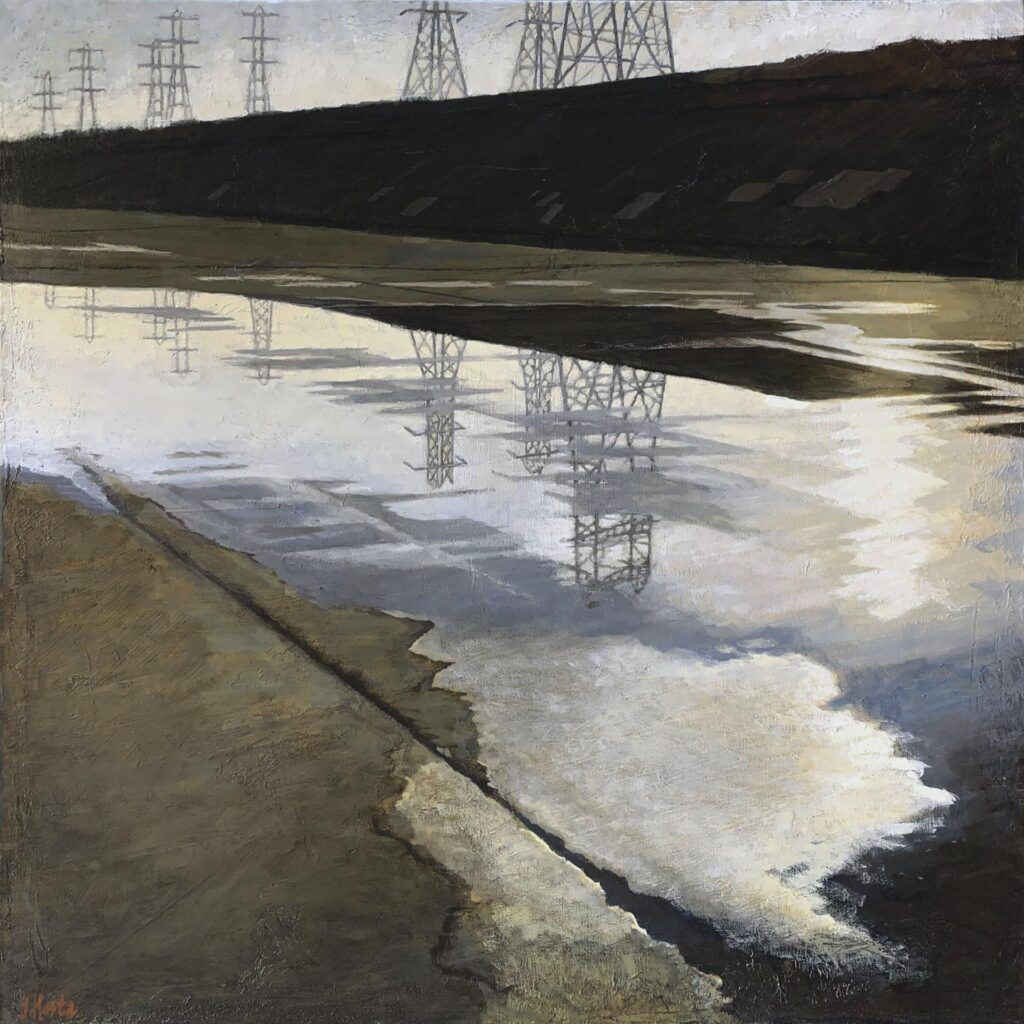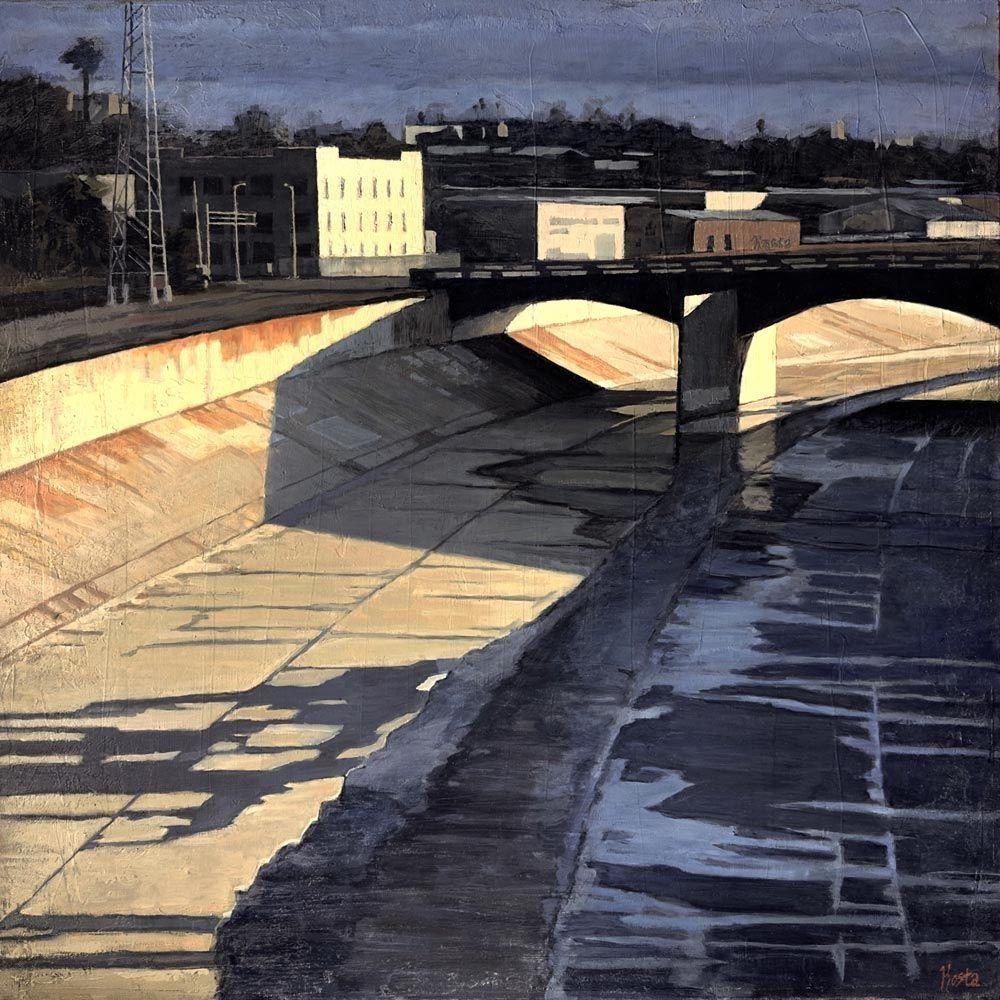NATIONAL GEOGRAPHIC SPOTLIGHT ON LA RIVER
Endangered trout may soon return to the concrete Los Angeles River
By Chris Iovenko
Flowing a few inches deep following a recent rain, the Los Angeles River looks more like a vast flooded interstate highway rather than any river found in nature. And yet it is the largest paved waterway in the world, best known as the filming site for car scenes in movies such as Grease and Terminator 2.
Hemmed in by towering concrete floodwalls, the urban river courses nearly 49 miles through Los Angeles County, from its headwaters in the Simi Hills and Santa Susana Mountains to its mouth in Long Beach. The river was left in a relatively natural state until 1938, when a disastrous flood breached its banks, killing 115 people and destroying 5,000 homes. Pressure quickly built on both the city and the federal government to take drastic action to contain the river.
Although this radical transformation protected human life and property, it also diminished a diverse riparian ecosystem that hosted spawning grounds for various aquatic species, including the southern California steelhead trout, which is now federally endangered. These days, the much-reduced river supports only the hardiest of species, most of them non-native, such as sunfish and carp.
But now, following decades of public frustration about the river’s poor condition, the city—in coordination with the state and federal agencies—has mobilized to restore the waterway and its habitats.
One of the most prominent pilot projects in the billion-dollar effort is the Los Angeles River Fish Passage and Habitat Structures Design Project, which aims to allow fish—especially steelhead—to move freely through the river once again...




